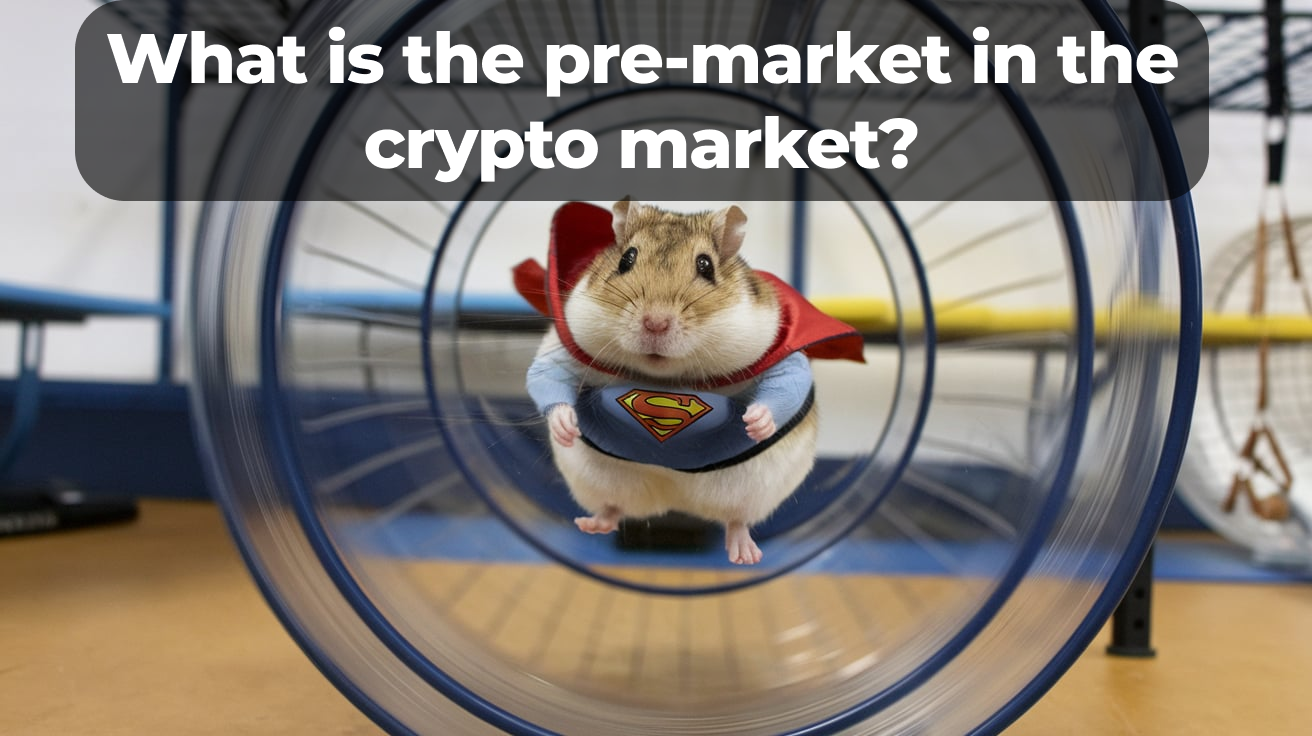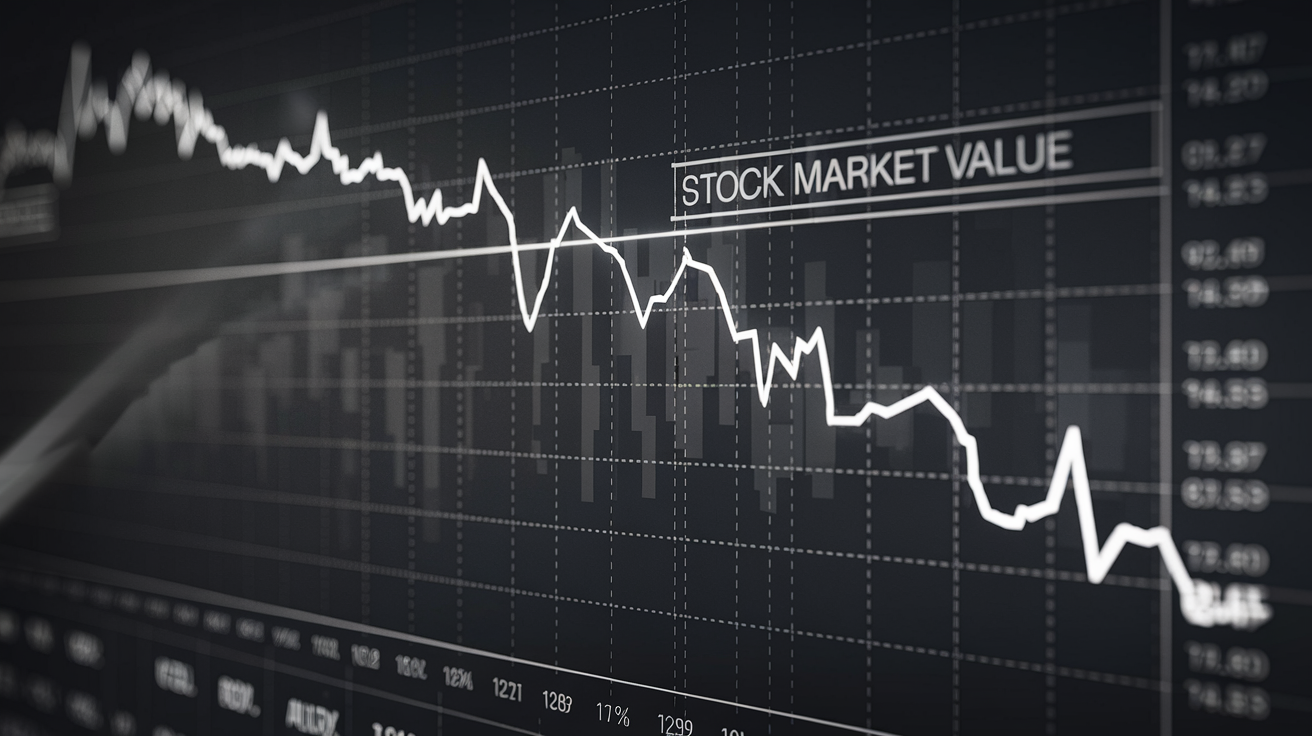What is the pre-market in the crypto market?


What is the pre-market, and how did it originate?
The concept of the pre-market comes from traditional markets, where it refers to the two-hour period before the trading session begins. In traditional markets, the pre-market helps gauge market sentiment, especially after events like a company’s earnings report or the release of economic indicators for a particular country.
Since the crypto market operates around the clock, implementing a traditional pre-market isn’t feasible. However, the term has taken on a new meaning in crypto: the pre-market is a period when a token can be traded before its official listing. This gives early investors access to buy the token before it’s available to the broader public through a primary exchange listing.
Here’s how the process works. Let’s say a project decides to raise funds for development via an IEO (Initial Exchange Offering). Before listing on a centralized exchange, the project may conduct a pre-market phase. Typically, exchanges provide their platforms for pre-market trading, such as Binance Launch Pool, Bybit Launch Pool, and others, though an external decentralized platform can also be chosen. In this setup, the exchange acts as a custodian for transactions in the pre-market, simply facilitating trades between parties.

The pre-market operates on a P2P transfer basis. A buyer places a request on the platform to purchase an asset at their specified price, along with a preferred payment method (usually USDT, USDC, or ETH). If a seller agrees to the terms, they accept the offer.
Pros and Cons of Trading in the Pre-market
What the pre-market offers investors:
-
Early price and liquidity assessment. This is important because the price set during the pre-market phase may be more favorable than what’s offered on the open market. Investors can observe trading volume and gauge how actively the token will be bought and sold. High liquidity can signal strong interest and stability for the token.
-
Market sentiment and expectations indicator. Price and trading volume changes in the pre-market can reveal how investors perceive the asset. High interest may indicate positive sentiment, while declining prices may suggest negative expectations. Analyzing these factors helps investors prepare for trading and make better-informed decisions.
-
Opportunity to purchase a token before its debut on major centralized exchanges. This can be especially beneficial if the token has growth potential after listing. Investors who successfully buy tokens in the pre-market phase can benefit from sharp price increases as the broader market begins trading the asset. Early access not only secures a lower price but also boosts profit chances once the token gains demand.
A recent notable pre-market example is Hamster Combat (HMSTR). Several major exchanges, including Bybit, Gate, and Bitget, organized a pre-market phase for the token before its official listing. The official listing was scheduled for September, but long before that, people began realizing the project might not live up to its hype.

This became evident through the pre-market phase: on average, HMSTR was priced at $0.01. The amount of tokens people earned from tapping the hamster over the past six months didn’t add up to substantial money—around $50 per person on average, assuming they managed to sell at the pre-market rate. At the time of writing, HMSTR’s price is $0.0045 and shows no signs of a trend reversal.
How to profit from arbitrage in the pre-market
It often happens that different exchanges have their own strategies for new tokens. Platforms like Binance and Bitget might offer perpetual futures as soon as all necessary checks and the listing process are complete. Other exchanges may conduct a pre-market phase first to gauge token interest and liquidity before launching more complex products like futures.
This varied approach to token listings opens the possibility of profiting from a pre-market and futures setup. Although these opportunities are rare, their profitability can be immense. Here’s the strategy:
-
Find a token with perpetual futures available on one exchange, while another exchange has just launched its pre-market.
-
Initially, the token price in the pre-market is often significantly lower than the average market price, creating a price gap (spread).
-
Arbitragescanner’s screener, which sends Telegram notifications every 4 seconds, can easily help spot such situations.
-
Next, buy the token in the pre-market and open a short position in perpetual futures.
-
Prices across platforms will eventually stabilize, so wait for them to converge and close the trade.
Here’s an example from an Arbitragescanner user. The token CATI had a large spread between futures contracts on BingX and the pre-market on Gate. At one point, the spread reached 80%, but within two days, it narrowed to 4%. Unfortunately, only a 40%+ difference was captured:

The arbitrage opportunity arose because the token was already available for trading on one exchange, while the pre-market had only just begun on another. When a token enters the market, the spread can be high due to low liquidity and uncertainty. However, as it starts trading across multiple platforms, prices begin to align.
Conclusion
For investors, it’s essential to track events like token listings and their availability across different exchanges. Participating in pre-markets provides the opportunity to acquire tokens ahead of others, potentially leading to profitable trades. However, keep in mind that these situations are rare, as exchanges typically list new and promising tokens within the same timeframe.
But when such opportunities do arise, Arbitragescanner will alert you—your top service for finding crypto setups and on-chain analysis.
Want to learn more about crypto arbitrage?
Get a subscription and access the best tool on the market for arbitrage on Spot, Futures, CEX, and DEX exchanges.

Official YouTube channel of ArbitrageScanner.io
You might be interested

What is DeFi and how does it work?

What is blockchain and how does it work?



